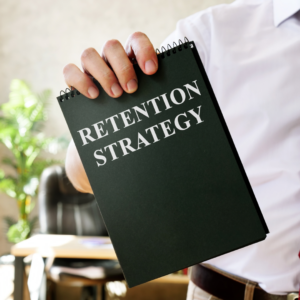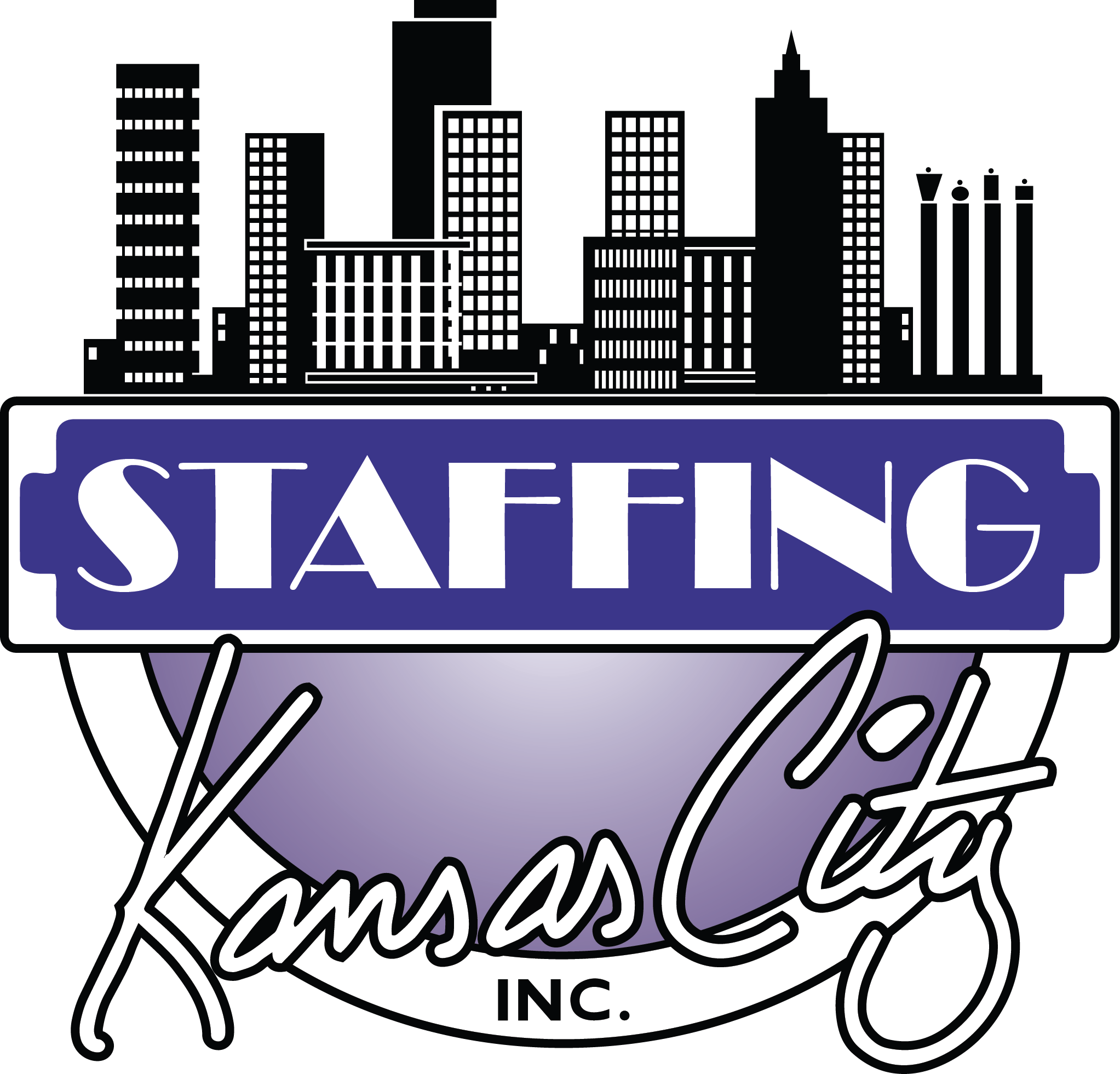
Work from Home, In-Office, Hybrid work – the concept of work and how it gets done is complicated. Every day we read about the ongoing battle of bringing employees back to the office and the stories of those who continue to resist the change. It is a lot of opinions and something that is incredibly complicated for many reasons.
John Frehse, a member of The Workforce Advisory board, offers an interesting perspective in the Psychology Behind Employee Retention and Turnover: The Fight for Relevance. In Frehse’s opinion, the labor shortage is the result of demographic issues combined with historically high wealth creations. Retention and turnover are psychologically driven, and retention is the result of an employee feeling relevant inside the company culture.
Driving Relevance
Frehse points out that for most organizations the first response is often financial. The idea being an increase in pay will make employees feel more valuable and therefore, they will want to continue working at the company. In some cases, this can be true but not always. A study by PayScale of 70,000 professions found that even in organizations where people were overpaid, 35% still felt underpaid. Frehse said that paying out will rarely satisfy all employees.
So, if money is not the answer, what will have an impact on employees? Frehse cautions that there is no silver bullet response. Instead, it’s a variety of approaches to encourage employee engagement and empowerment through relevance, in short, the ability to make an impact. But to make an impact, employees must be trusted. This includes having access to the information needed to be effective and the ability to make decisions based on the information they have. Leaders must also have the ability to recognize individual workforce performance.
Building Trust
Earning and keeping trust is multifaceted. Within the workforce, empathy, logic and authenticity are the three keys to earning trust, according to Ann Morris, creator of the Trust Triangle. Employees with access to information can make better decisions faster. A lack of strength in any of these categories will create distrust in employees and result in turnover. This supports the idea that employees do not leave a company, they leave their manager/supervisor.
Overcoming the hurdle to trust demands an organization negate concerns over what could happen if employees have access to useful information and if useful information is readily available. With silos in many organizations and the use of multiple business intelligence tools that often do not “talk” to each other, this is often easier said than done.
Creating an Impact
Employees who are more informed about what is happening in an organization will look for ways to make an impact. This ability demonstrates relevance and creates proof of trust. This process comes full circle when the impact is recognized, and results are communicated to others.



